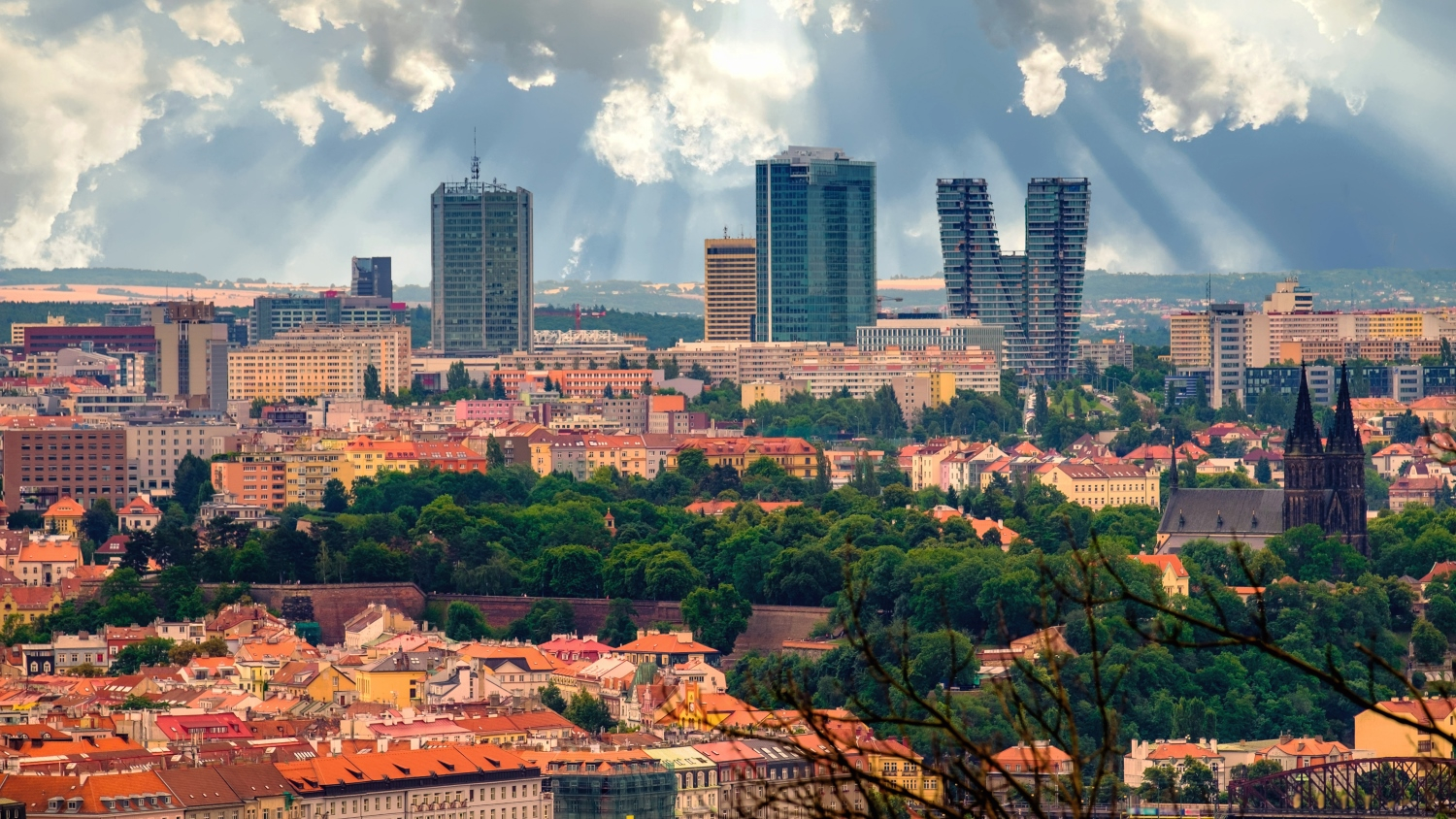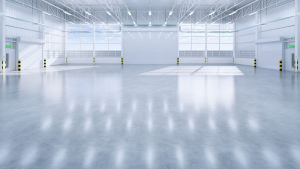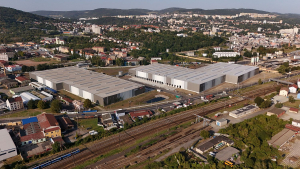
CBRE is celebrating 25 years on the Czech market with a review of how the commercial real estate market has changed over the past quarter of a century and where it is heading next.
During the same period, the Czech market has undergone significant changes and matured into a stable investment environment withstanding international competition and attracting domestic and foreign capital. Clare Sheils, Managing Director at CBRE Czech Republic, states: "While initially transactions were mainly dominated by office properties, interest in other sectors increased over time: whether it was retail, industrial and logistics, hotels or emerging investment assets."
"From the point of view of the development of the investment market, the entry of the Czech Republic into the European Union in 2004 was essential. It significantly increased the confidence of foreign investors and brought new investment opportunities. Overcoming the financial crisis of 2008 was also a turning point. Although it dampened investment activities for three years, the market ultimately came out even stronger. Moreover, it was at this time that local investors began to appear and gain influence," comments Jakub Stanislav, Head of Investment Properties at CBRE.
The years 2016, 2017 and 2019 were historically the strongest. On average, around €1.9 billion are invested in the country annually, but in these years the total volume of investments broke the 3-billion mark. Although similarly high volumes cannot be expected soon, the market is in good shape and has the potential for further growth.
CBRE was behind a number of the largest transactions carried out in the domestic real estate market. Whether it was the sale of shopping centres Palladium, Palác Flora, OC Letňany, Arkády Pankrác, Forum Nová Karolina, logistics parks across regions or even the Waltrovka office complex, CBRE was part of it.
In 1999, when CBRE opened its Czech branch, 1.3 million sqm of office space was available in Prague, almost a third of which was right in the centre. Since then, significant office hubs have started to emerge, of which the metropolis currently has eleven. The total leasable area has tripled to the current 3.9 million sqm. During the past years, we have experienced an incredible boom in digital tools and technologies. This created the basis for the growing popularity of shared offices and coworking centres, which currently account for 4% of the capital's total office space. The demand for them is constantly growing, as is the expansion of their operators.
"The Prague office market has already recovered from the pandemic and thus proved its resilience. The vacancy rate now stands at 8.1%, which is the lowest among the capital cities in the CEE region. Going forward, we expect the market to continue to adapt to new work models and technological innovations," explains Helena Hemrová, Head of A&T Office at CBRE, and continues: "Previously, long-term leases of 5 to 10 years were common. Today, there is a greater demand for more flexible contracts, often for 3 to 5 years with the option of extension. Modern leases also contain clauses allowing tenants to adapt the premises to their current needs, whether it is the possibility of subletting, returning part of the premises or additional building modifications.”
Among other CBRE provided space for the Raiffeisenbank headquarters in the City Tower building in Pankrác, the Siemens headquarters in the City West B1 and B2 buildings in Stodůlky, the Johnson & Johnson headquarters in the Waltrovka complex in Jinonice, the facilities of the Seznam.cz internet portal in the Křižík Palace in Smíchov, and pharmaceutical company MSD in the Five and Riverview buildings, also in Smíchov.
Since 1999, the area of shopping centres in the country has increased more than eightfold to the current 2.6 million sqm. At the same time, the market has undergone significant changes that reflect the wider economic and social transformations following the Velvet Revolution.
After the fall of communism, when modern retail was mainly represented by department stores Kotva, Máj, Bílá labuť or Prior, the market began to quickly open up to foreign investors. Large international chains such as Tesco, Carrefour, Ahold (formerly Mana, now Albert) and Kaufland entered the country. These players brought new business models, a wide range of goods and modern technology, which improved the offer and quality of services. At the end of the millennium and in the first decade of the 21st century, there was a significant development of hypermarkets and shopping centres, which changed their offer over the years.
With the development of the Internet and modern technologies, the era of e-commerce started, and popular online retailers such as Alza or Mall gradually began to compete with traditional brick-and-mortar stores. "The current condition of the retail market is good and this is evidenced by the very low vacancy rate of around 4%, but we still feel the reverberations of the post-covid period, which was quickly followed by a phase of steep inflation growth. Footfall of shopping centres is still not up to 2019 levels which is considered as the strongest ever in retail. Sales have already surpassed 2019, but inflation had a significant effect on this," comments Jan Janáček, Head of A&T Retail at CBRE.
The industrial and logistics real estate market has developed significantly over the past 25 years, in terms of size, and number of developers and tenants operating on it. This year, in the 3rd quarter, the total volume of leasable areas reached 12.1 million sqm of which 2.6 million were completed in the last three years.
The foundation for this growth was laid by the entry of the Czech Republic into the European Union, which, with the help of European funds, began to build an extensive infrastructure. "Although it may seem that the construction of domestic highways is progressing slowly, their network has almost tripled in recent years. While in 1999 it included 502 km of highways, at the beginning of this year it already amounted to 1,388 km," explains Jan Hřivnacký, Head of Industrial Leasing at CBRE.
"The e-commerce boom during the COVID-19 pandemic was completely unprecedented, leading to a significant increase in demand for logistics and storage space. We are currently in a situation where the record years 2021-2023, which contributed very significantly to the development of the market, are behind us. These years saw the highest demand for industrial space, the lowest recorded vacancies and the highest activity in terms of construction," says Hřivnacký and concludes: "After this extraordinary period, the market is gradually returning to normal, pre-covid levels. Compared to the record years, we are observing reduced demand, a slight increase in vacancy, the associated decrease in rents and an increase in incentives. The market is starting to be dominated by demand from manufacturing companies, which in the end could also support the growth of logistics."



